Frost Heave: How to Prevent Frost Heave
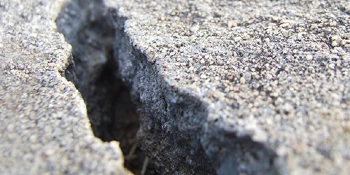
Last Updated January 17, 2024
In cold-weather climates, those with vast temperature swings, or in areas where there are several incidents of hard frost each winter, plants, roadways, and structures may be negatively impacted by frost heave. This phenomenon occurs most often toward the end of fall or the beginning of spring when the conditions are ideal, and it can happen in all types of soil.
Learn how to stop frost heave from wreaking havoc on your home's landscape, or commercial property, using expert advice from the professionals at The Grounds Guys®.
Table of Contents:
What Is Frost Heave?
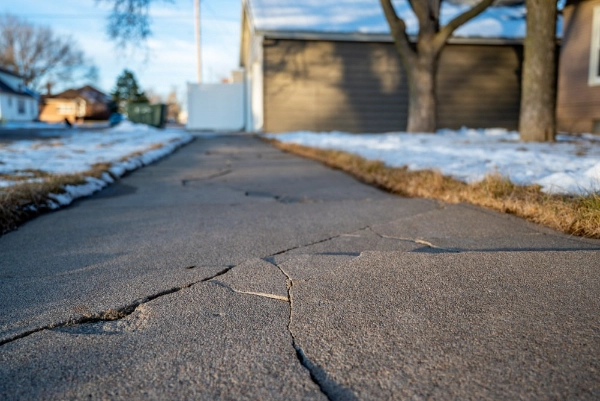
Frost heave is a natural occurrence, which is caused by the contraction and expansion of soil during alternating periods of freezing and thawing. In order for frost heave to take place, certain criteria must be met, including:
- Temperature – Frost heave will only occur in areas where temperatures are consistently low enough to penetrate the top layer of the soil.
- Moisture Content – There must be enough moisture present in the soil in order for expansion to occur.
- Soil – The soil must be susceptible to frost; clay, loam, and silt are most at risk due to their relatively high moisture content.
As outdoor temperatures fall below 32 degrees Fahrenheit, the cold air penetrates the ground and freezes the water that is in the soil, causing it to expand. Additional movement and ice formation can happen as moisture from further below the surface is drawn upwards, lifting soil, roots, plants, rocks, and other materials up out of the ground. This cycle continues as the ground is repeatedly subjected to the freezing and thawing process, giving the appearance that the soil is "growing rocks."
Tips to Prevent Frost Heave
When it comes to your landscape it's important to know how to stop frost heave to protect your plants, hardscape, and even your home's foundation. Tips include:
Think Ahead When Planting
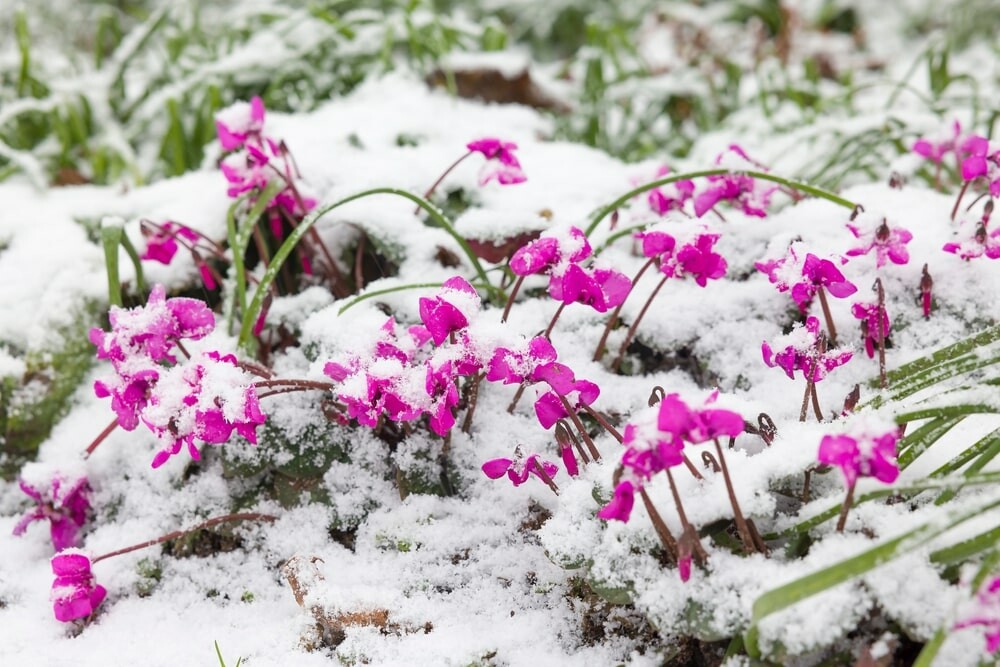
Plan on planting perennials at least six weeks in advance of the first frost of the season to allow adequate time for root systems to become established. Choose your plants based on the hardiness zone in your area to include those which are cold hardy.
Be Vigilant with Your Plants
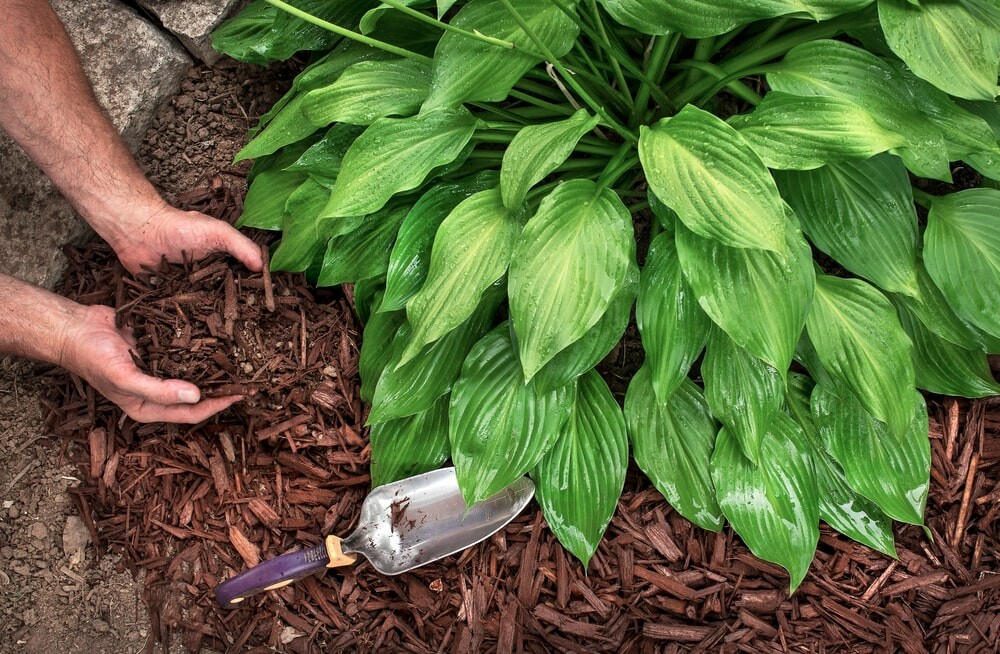
Keep a watchful eye on vulnerable plants. If you detect an area where heaving is present, carefully press the soil back into place, or cover the exposed roots with more soil and a layer of mulch.
Promote Drainage for Soil
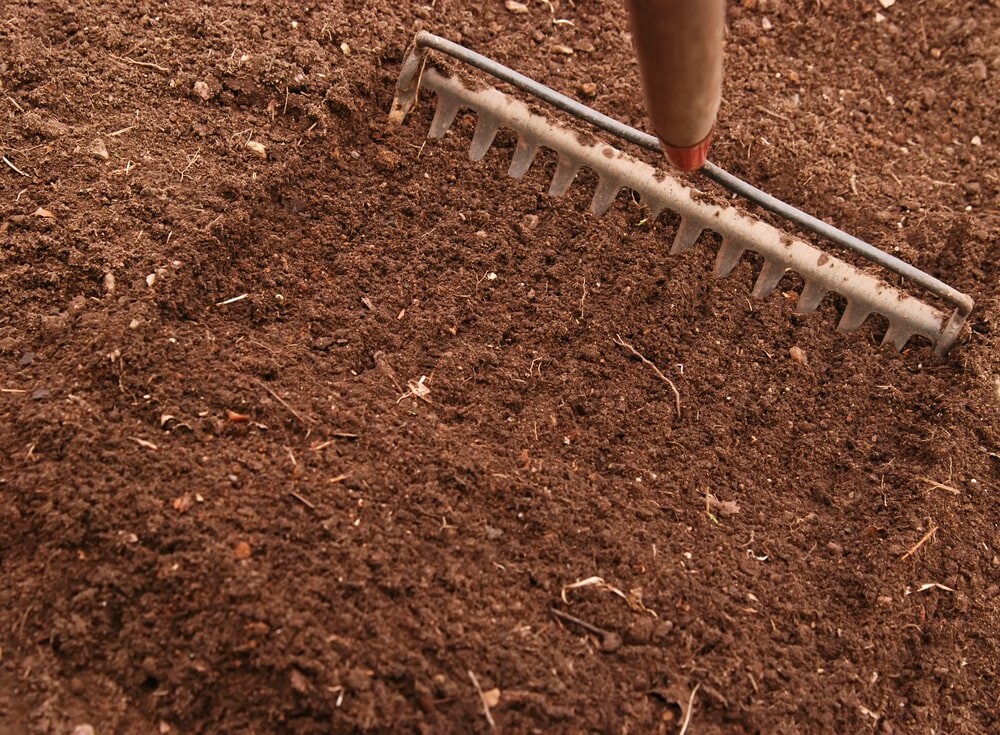
Well-drained soil is a crucial element in the prevention of frost heave, and it is necessary to address both the surface and subsurface layers to prevent the pooling of water with steps that include:
- Add organic matter to the soil each spring and fall to loosen the soil and promote drainage.
- Rake and fill low spots during preparation and clean up of garden beds.
Insulate with Mulch
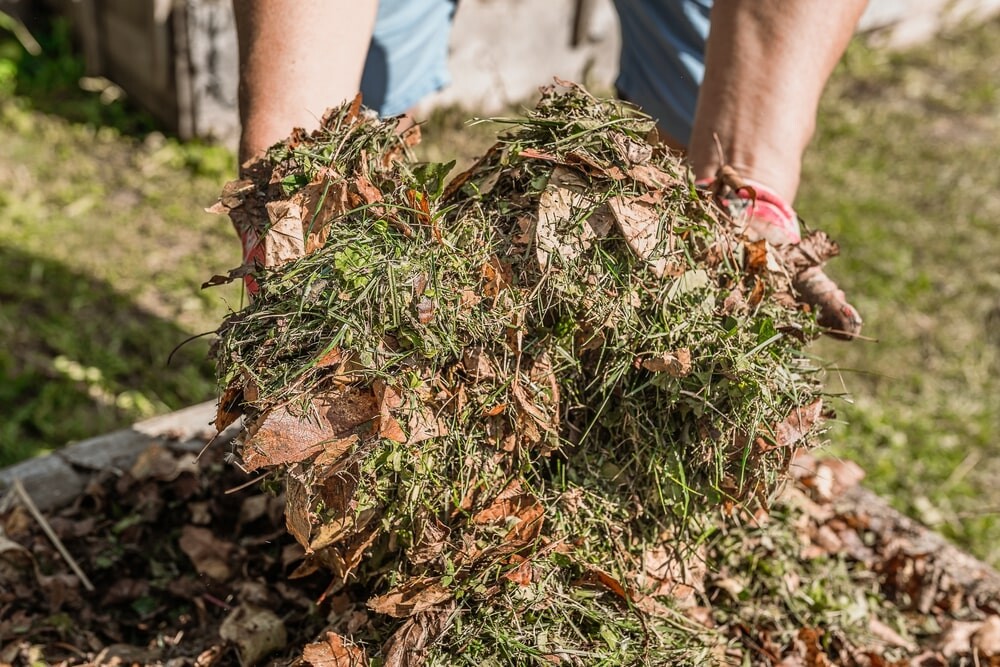
In addition to benefits such as weed control and nutrition, mulch can also help to regulate the temperature of the soil by providing a blanket of insulation. Apply a layer of organic mulch such as shredded leaves, compost, straw, or bark mulch to a depth of 4 inches after the first hard frost.
Contact the Landscaping Professionals at The Grounds Guys
Winter conditions including frost, ice, and water can cause extensive damage to your home and property. For all your residential and commercial landscaping needs including winter plant care, contact The Grounds Guys online to request a free estimate.
 Click to call
Click to call


